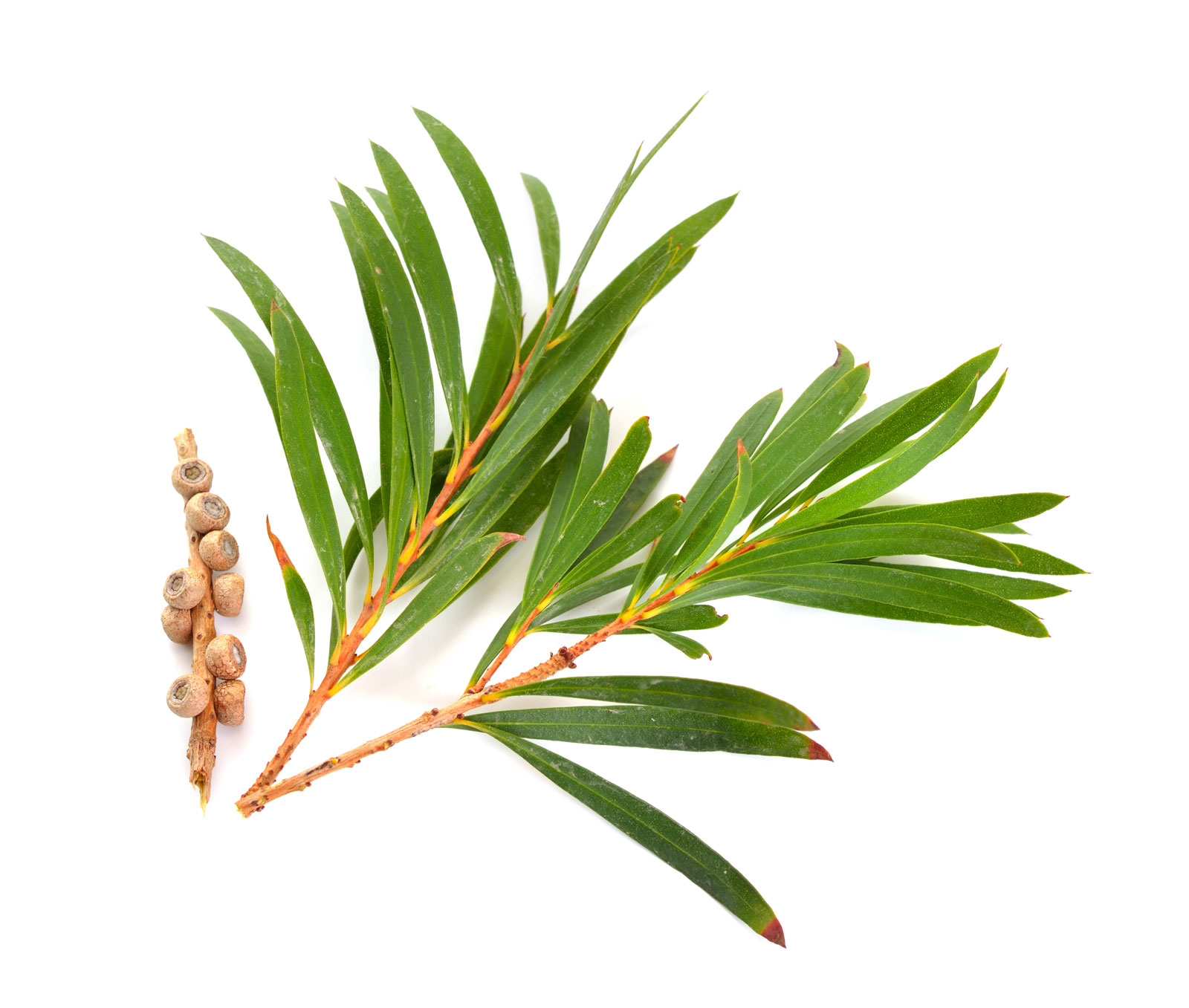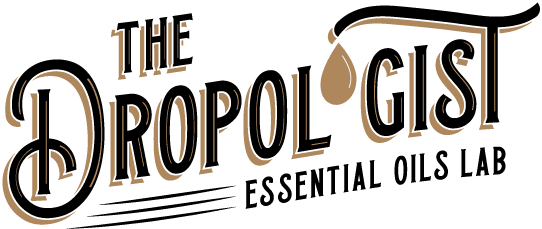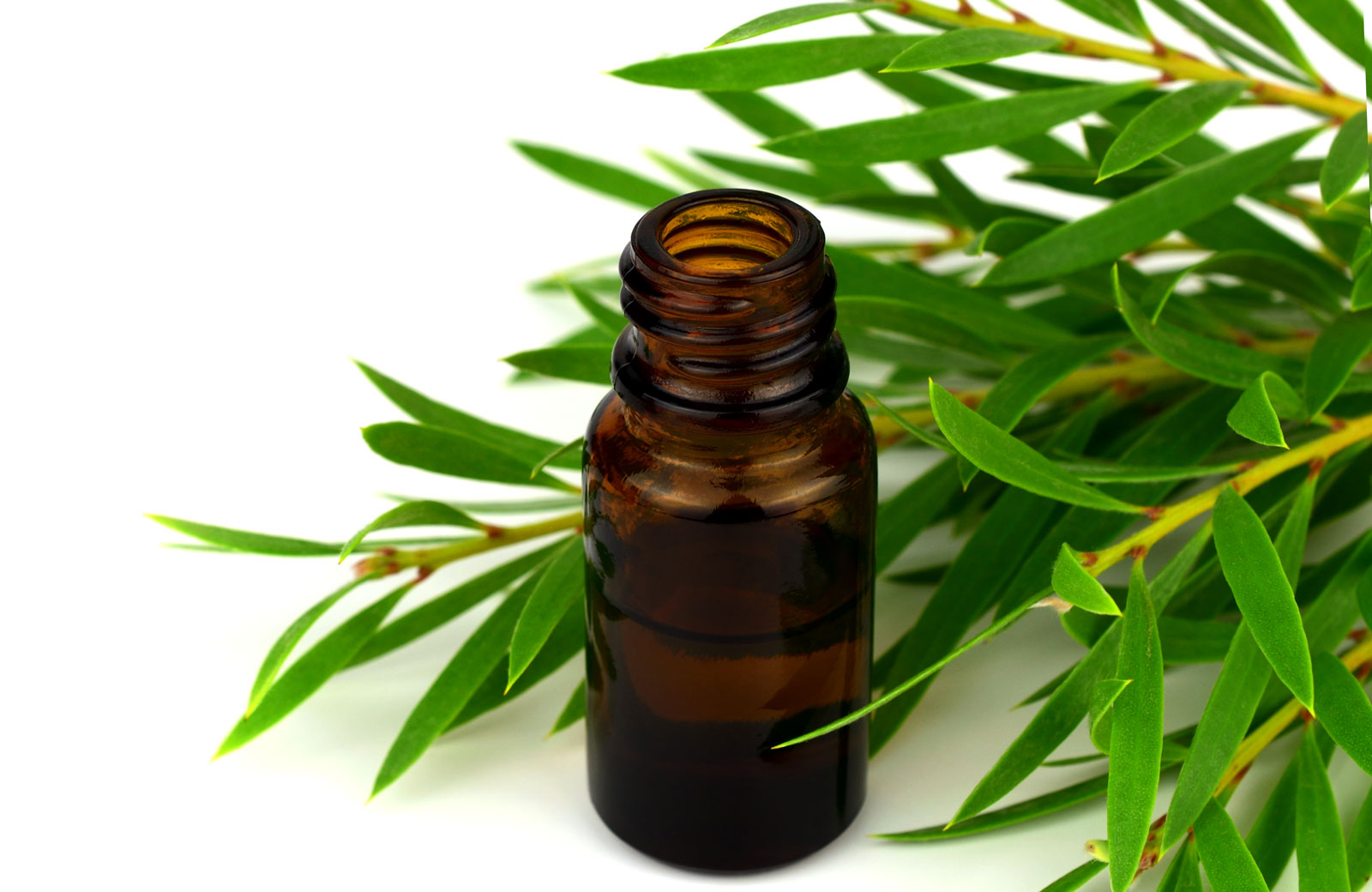
Tea tree oil comes from the leaves of Melaleuca alternifolia, a tree native to southeast Queensland and the northeast coast of New South Wales, Australia. One of the most popularly used essential oils, people worldwide swear by its amazing antiseptic, antiviral, and antibacterial properties. Every household should keep this essential oil handy, as it is affordable and offers so many benefits.
Tea tree oil’s germ-fighting properties make it a natural remedy for treating many bacterial and fungal skin conditions, including dandruff and acne; preventing infection; aiding in cleaning wounds; and promoting healing. The antibacterial properties in tea tree oil also may help eliminate bacteria, not just on the skin, but also on surfaces and in the air, making it a great all-purpose cleaner ingredient or addition to your diffuser blend.
Its anti-inflammatory properties make it a great choice in calming skin irritations, including eczema, psoriasis and insect bites; soothing wounds; and relieving muscle aches.
Tea tree oil’s natural ability to repel insects has made it a natural remedy in combatting lice and a beneficial, natural ingredient for use in insect repellants.
Tea Tree Oil has many uses and benefits which is why it has become a popular choice to use as an ingredient in cleaning products, laundry detergent, shampoos, massage oils, and skin and nail creams.
BOTANICAL NAME
Melaleuca alternifolia
EXTRACTION
Tea tree essential oil is extracted from the leaves and twigs by steam distillation.
BLENDS WELL WITH
The aroma of tea tree essential oil is considered herbaceous and invigorating. It blends well with
- Bergamot
- Cypress
- Eucalyptus
- Grapefruit
- Juniper Berry
- Lavender
- Lemon
- Marjoram
- Nutmeg, Pine
- Rose Absolute
- Rosemary
CHEMICAL COMPOSITION
Tea Tree oil’s main chemical components are terpinen-4-ol, γ-terpinene, α-terpinene, 1,8-cineole, terpinolene, ρ-cymene, α-pinene, α-terpineol, aromadendrene, δ-cadinene , limonene, sabinene, globulol, viridiflorol.
SHELF LIFE
2-3 years
* Please remember, just because a product is called “natural” does NOT mean that it doesn’t have possible side effects. Never apply essential oils directly to your skin without a carrier oil, and never ingest any essential oil.
Essential oils are NOT a replacement for medical treatments, but they can work as a great complement to your regular health and wellness routine.
DIY WITH TEA TREE ESSENTIAL OILMIDDLE NOTE
Selected Benefits of
Tea Tree Oil
- Decongestant
- Disinfectant
- Fights acne
- Treats fungus
- Combats dandruff
- Soothes and heals skin
- Immune boosting
- Boosts mental clarity
- Relieves muscle and joint pain
- Reduces anxiety
- Detoxifies the body
- Repels certain bugs, including lice
Properties of Tea Tree Oil
- AnalgesicAids sore muscles and joint pain
- Anti-inflammatoryHelps to reduce inflammation or swelling
- Anti-stressHelps alleviate stress
- AntibacterialFights bacterial growth
- AntibioticFights infectionby preventing the growth or destroying bacteria
- AntifungalPrevents the growth of fungi
- AntimicrobialHelps in reducing or resisting microbes
- AntisepticHelps to control infection
- AntiviralEffective against viruses.
- DecongestantHelps relieve nasal congestion in the upper respiratory tract
- ImmunostimulantStimulates the immune system
- InsecticidalHelps to destroy or control insects
- VulneraryHelps to heal wounds and sores and helps to prevent tissue degeneration
Precautions*
- Tea tree oil is poisonous if consumed by mouth, and unsafe to use on children.1
- If you are pregnant, nursing, or under a doctor’s care, consult your physician.
- Avoid contact with eyes, inner ears, and sensitive areas.



